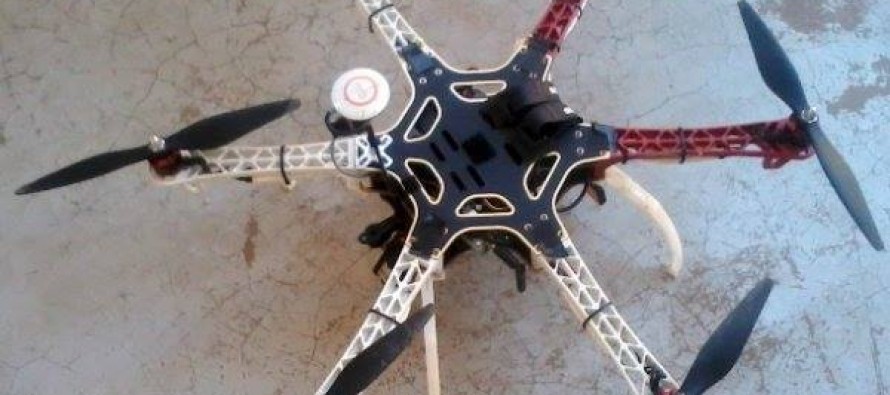Rwanda’s First Locally Assembled Drone Goes Airborne & Attracts Investors
23-year-old Eric Rutayisire from Rwanda and a holder of Electrical Engineering degree from the University of Minnesota launched a tech-company dubbed Charis Unmanned Aerial Solutions about a month ago. He runs the company together with his sister Ingabire Mamy as the Managing Director and his friend Terry Segore as the Technical Director.
Barely a month after the launch of their company, they have already rolled out an innovative product into the Rwandan market. Their product is set to revolutionize how various industries players in Rwanda do business. Charis became the first Rwandan company to create a drone; the drone has attracted a great deal of attention from both the private and public sector.
Charis aims at creating drones that are tailor-made to the specific needs of the customer. As well as providing maintenance and repair services. Rutayisire said, “There is a huge market for drones here, we want to custom-build drones based on a client’s needs.”
It took four months for Rutayisire to build the first drone, which was custom made for taking aerial footage and photography. He built the first drone with the intention of testing out its viability in the Rwandan market, and now he intends to build other drones on demand and to the specifications of the customer.
Currently, Charis imports the drone’s body parts and assembles but Rutayisire intends to make the drones body parts locally, once the company picks up.
Rutayisire said, “People have been telling us, ‘oh, you guys are just doing assembly’, but it’s not really assembly because you have to calculate a lot of things and improve what you want to put on the drone.”
The first drone built by Charis was used during the Kigali Up music festival held in July. The drone seemed to have attracted a lot of attention from many Rwandese business leaders, who already, have started identifying possible commercial applications for such technology.
A visual information specialist from Family TV, Gustave Emilien, said that their broadcasting station has already identified a gap the drone could fill in their organization.
He said, “As an entertainment channel we are really dying to use more drones. We are new; the technology is new, and we are competing with other channels; this will add a lot to the production. We will be able to capture the attention of viewers. It’s amazing, I’m happy now that it’s in Rwanda. It’s going to change the visual business market here.”
Gustave cited the recent fires that blazed Kigali, as one of the opportunities they missed out, in terms of not being able to take good shots from the ground. Since the area was very crowded and hiring a chopper was beyond their budget. A drone could have come in handy then.
Segore said, “Some people in the film industry that we’ve talked to are changing their scripts because before they wouldn’t be able to get some of the shots they wanted, but now they want to use drones to do it.”
Broadcasting stations are not the only ones that got intrigued by Rutayisire’s drone, representatives from Rwanda’s Ministry of Agriculture and Rwanda Environment Management Authority (REMA) have been holding talks with Rutayisire about the drone.
Remy Duhuze from REMA cited how drones could be useful in monitoring the environment, as in documenting the quality of air.
“Sometimes getting data on air quality is hard because there are places that are hard to reach. Drones would make it easier to do that. In the past, we have used a helicopter, maybe next time we can look into using a drone,” said Duhuze.



